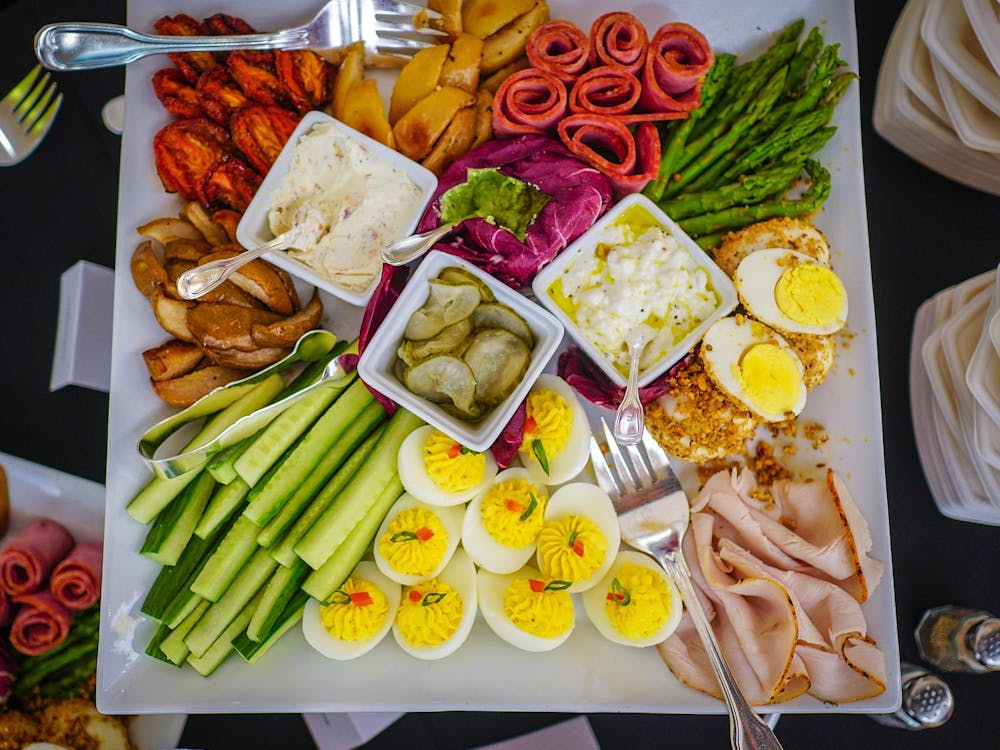Although agriculture may no longer be on the minds of Americans as much as it was in the 1800s, its importance in the American economy cannot be ignored. According to the United States Environmental Protection Agency, the value of commercial vegetables in the United States last year was $12,820,274, while the value of field crops came out to $171,393,620,000. Not a small sum at all.
To that end, researchers are continually looking for ways to improve yields by growing stronger, more resistant crops for farmers and, ultimately, for consumers. Initially, crop improvement occurred as farmers selectively bred stronger strains of crops. However, the incredible advances in science quickly spread into agriculture, as farmers began taking advantage of the knowledge that plant can be genetically engineered and altered for better yields.
In a study published in the journal Crop Protection, Hamed Abbas and Bob Zablotowicz of the United States Department of Agriculture worked in collaboration with scientists from the University of Bologna, Italy, to find a way to fight against the deadly effects of aflatoxin, a chemical compound produced by the molds Aspergillus flavus and A. parasiticus. This toxin parasitize a host of crops ranging from corn to peanuts.
Aflatoxin is a large organic compound that can produce devastating effects on an organism’s genome. When consumed by humans, aflatoxin is metabolized by the liver, where it can add large adducts to DNA, forming mutations that interfere with DNA base pairing mechanisms. These mutations can disrupt a variety of cell functions due to the compromised genome, resulting in defective, and oftentimes, cancerous cells.
Because of its high level of toxicity and the dangers it poses to the population if consumed, crops infected with A. flavus or A. parasiticus cannot be sold. Losses in agriculture due to aflatoxin poisoning are estimated to be about $200 million each year.
Although the toxin is produced by molds that infect crops, not all molds produce the toxin. In fact, the K49 strain of mold has been found to not produce aflatoxin. Moreover, K49 is a major ecological niche competitor with A. flavus and A. parasiticus, battling for survival among the crops we enjoy so much as part of our diet.
With this fact in mind, Abbas and Zablotowicz came up with the idea that they could use the non-toxic K49 to compete against its toxic cousins for living space. By pushing out A. flavus and A. parasiticus, K49 would help prevent infection of crops and subsequent infection of humans, saving money for farmers and protecting the health of consumers.
Despite the disconcerting thought of having your corn infected with mold, K49 is harmless to humans and offers us an environmentally safe and efficient means of fighting worse molds out there.
Until this recent research, there had been no consistent method for preventing infection by A. flavus or A. parasiticus. Such an issue became a problem especially for Mississippi maize grown in the Mid South, a crop which is a common target for A. flavus. In 1998, farmers lost large yields of Mississippi maize due to high levels of aflatoxin contamination.
In attempt to infect corn with K49, Abbas utilized bioplastic granules carrying K49 spores to apply the mold to corn. Previously, wheat and barley grains had been used to transmit biocompetitive strains to commercial crops. However, the bioplastic granules offer an advantage over grains, such as wheat and barley, in that they are not eaten by scavenging animals.
This allows the K49 mold to grow and sporulate without fear of being consumed before the mold can even begin to start working its competitive magic. Furthermore, data from Abbas and Zablotowicz showed that bioplastic granules increased the ability for the mold to grow and reproduce.
Initial testing has shown crops with K49 applied have had 65-97% reduced aflatoxin levels, offering tremendous prospects for the future. In addition to K49, Abbas and his team hope to utilize bioplastic granules to discover and deliver more ways to protect agricultural crops. If they are successful, they can add yet another tool to the ever developing field of crop improvement.




